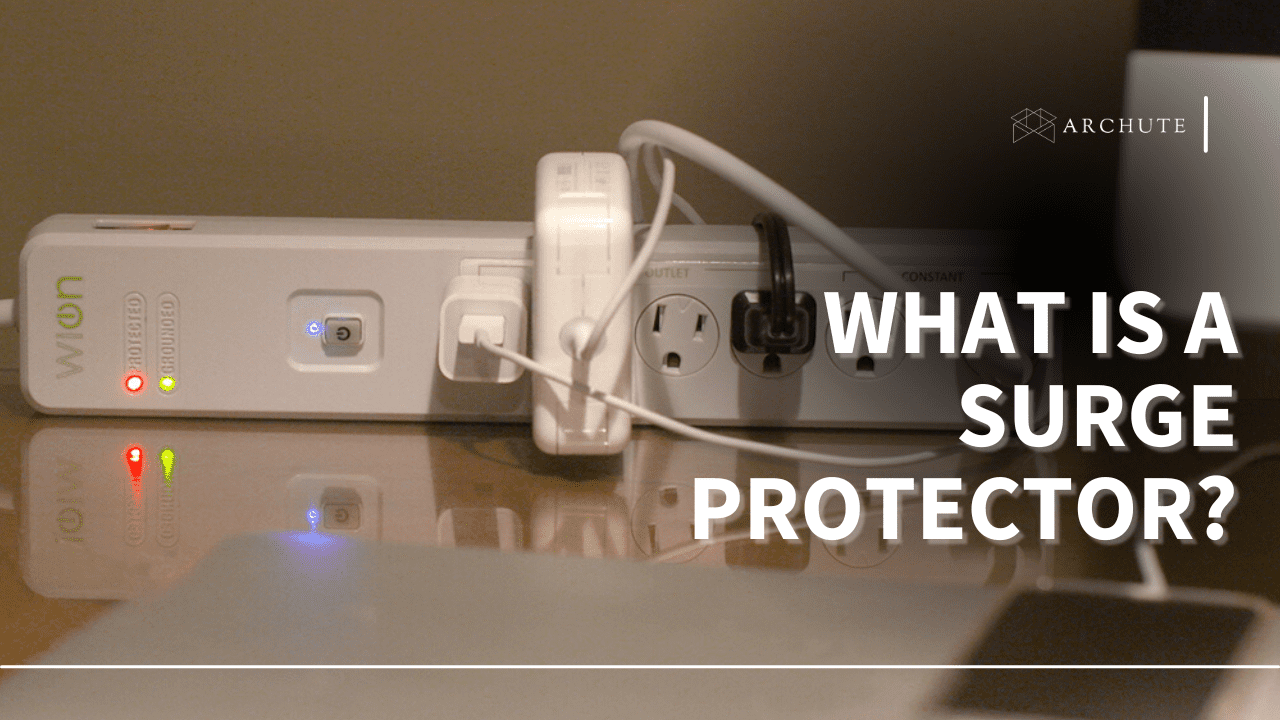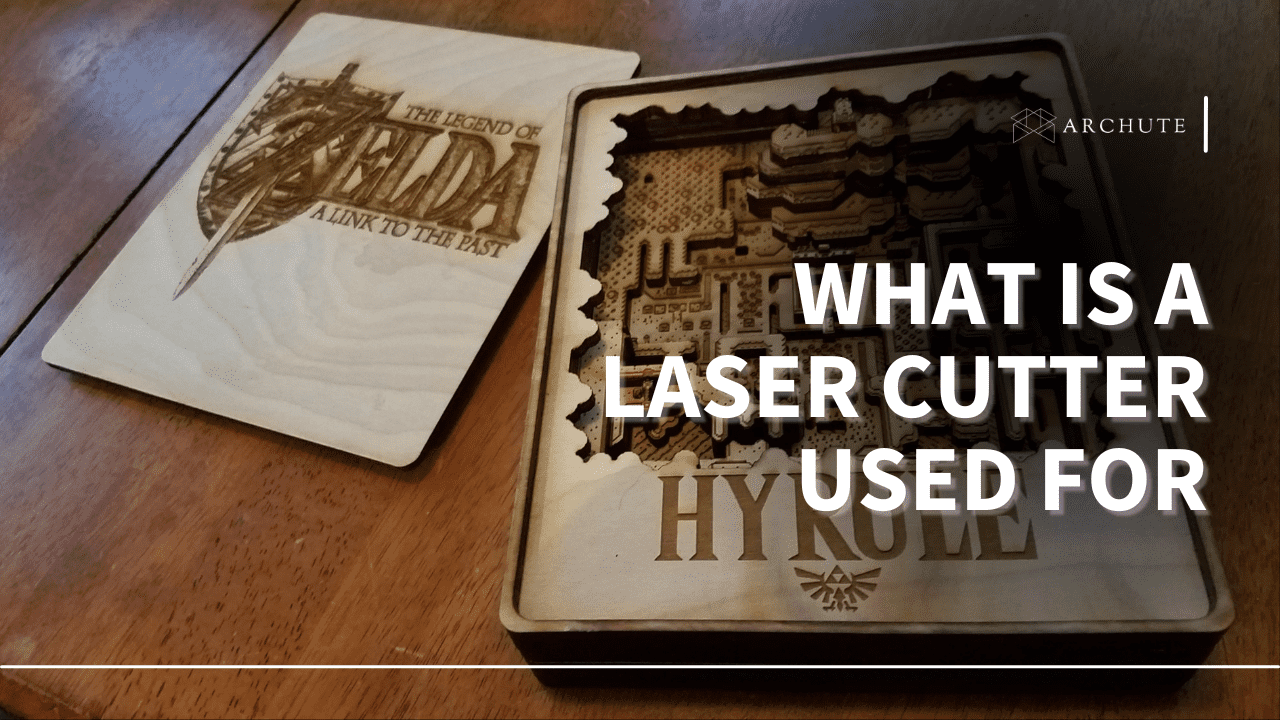Holes in your door, floor, or furniture with signs of rot could be frustrating to look at. While replacing the entire piece of wood may seem like the applicable solution, the costs involved are even higher. Covering up the holes is an easier solution that will save you lots of money.
Rather than calling a professional to fix the holes, you may opt to use epoxy wood filler and a few tools to get the job done yourself. Epoxy repairs the rotted parts by offering a hard wood-like substance when cured. Since it dries just like wood, you can sand over or paint it to resemble the original structure. Below, we have a comprehensive guide on when to use and how to use epoxy fillers.
What is Epoxy Wood Filler?
Epoxy is a two-part adhesive substance used to restore and preserve the structure of rotted wood. The two parts are the epoxy and the hardener. When mixed, a reaction that makes the epoxy dry occurs. Therefore, you need to use the mixture on the wood surface quickly before it dries.
Epoxy wood filler works by filling holes, gaps and cracks in wood in order to maintain its primary health and structure. In addition, the wood filler covers wood surfaces to prevent further rotting and decaying. When used to restore wood, the filler dries to form a hard base to support the wood.
Epoxy is also a durable and adaptable material that sticks easily on any surface to offer a long-lasting bond. In addition, it is waterproof, heat resistant, scratch-resistant and chemical resistant. Epoxy wood filler is available in two different forms, liquid or putty versions. Liquid epoxy wood filler is great for pouring into cracks and holes, while the putty is more suitable for filling any holes or gaps on the outer wood surface.
Why Should You Use Epoxy Wood Filler?
Often, many people get intimidated when it comes to using epoxy. However, it is easy and simple to use epoxy wood filler to achieve a strong and clean finish. In addition, this DIY method offers a more affordable alternative to fully replacing the wood or getting professionals to fill it for you.
Below are a few benefits of filling in holes with epoxy:
- Epoxy wood filler dries to form a hard and long-lasting substance that can support the wood and resists lots of pressure
- Epoxy works with any wood and adheres firmly to all shapes and surfaces
- Epoxy wood filler can be easily poured, molded, shaped, and processed, making it easy to use yourself without the help of a professional.
- It is effortless to get epoxy into difficult to reach places
- Applying the epoxy filler does not require you to remove the wood
- Fits the shape of any detailed or complex piece of wood
- Easily fills holes and internal passages
- Acts as a sealant to protect the wood from further decay
When to Use Epoxy Wood Filler
Wood fillers should be used depending on the quantity of damage caused by decay or rot.
Entire wood replacement is suitable when:
- More than half the piece of wood is damaged
- If the wood is a standard cut that is easily available
- If you have done more than three epoxy fills on the same piece of wood
A dutchman patch is applicable when:
- You are replacing the wood up to 50 percent
- The wood must be clear finished
- Drilling or milling is needed for the wood
- Necessary to maintain the original construction or wood species
Epoxy wood filler is only used when:
- It is difficult to remove the piece of wood without removing or damaging other wooden structures
- It is difficult to replace or replicate the piece of wood since it is specially designed
- 80 percent of the wood is in good condition, although the other part has holes, rots and cracks
How do You Mix Epoxy Fillers?
Epoxy Putty/Paste Filler
Making an epoxy paste requires you to mix two dry paste-like elements in equal parts, say a 1:1 ratio. So, the first thing you need to do is protect your hands by wearing latex gloves. Next, scoop out half of the needed element from the first container and the other half from the second container. Then, using your hands, kneed the two elements together until a uniform epoxy paste color is created.
Epoxy Liquid Filler
Liquid wood fillers need you to be a little more patient when making them. However, the result is very adaptable and versatile. To get started, mix the elements in a container or a paper cup according to the given instructions. Using a wooden stick, store the epoxy for a minimum of three minutes.
Next, add phenolic micro balloons to increase the epoxy without jeopardizing its strength. Adding the micro balloons in a 1:1 ratio with the epoxy will increase the volume and slightly thicken it. As a result, the filler will be easier to sand once it is dry or cured.
If you wish to make the epoxy into a putty-like texture, you may consider adding silica slowly to the mixture.
How to Use Epoxy Wood Filler
Now that we know how to make epoxy putty and liquid wood epoxy, this part will cover how to use our preferred consistency on rotted wood. Below is a step-by-step guide.
1. Wood Preparation
The first step is getting the word cleaned up and ready for application. To do this, remove any paint or caulk to see the extent of wood damage. Ideally, it would be best if you worked on a piece of wood that is completely exposed.
You may need to sand the wood or use a paint-stripper to clean the wood. Always ensure that the wood is dust-free and clean before any wood filler application. Unfortunately, any oil, dirt, or dust could affect the adhesion of the wood filler. In addition, check to ensure that the wood is not bent or warped. Using epoxy on a bent piece of wood will freeze it into this position.
2. Applying an Epoxy Consolidant
The epoxy consolidant is applied over the entire surface that you intend on filling. The consolidate coats the wood fibers with a thickening resin to enhance adhesion and create a sturdy, long-lasting wood filler bond.
Next, you need to leave the consolidate for a few hours to cure. After that, proceed with the epoxy application.
3. Apply the Exterior Wood Filler
Once the consolidant has cured, there is one more step before filling. This step involves filling up the cracks in the wood. The reason for this is that if the holes are insect-made, the probability is there is a long network of tunnels going within the wood. Therefore, pouring the liquid filler directly into the holes will result in the epoxy dripping out of the cracks and going through the tunnel networks.
To prevent the epoxy from leaking, you will be required to use wood epoxy putty mixed into a paste. The paste is then applied to the holes and cracks. In addition, you can use a putty knife to smoothen out the exterior. Sanding down the exterior once it is cured will create a perfect finish.
4. Pouring in the Liquid Wood Filler
Before proceeding to the next step, ensure that the exterior epoxy filler is fully cured or dried. Once it is cured, proceed to add the clear epoxy resin wood filler in a liquid form. The trick is to mix together the resin wood filler until a pourable consistency is achieved.
Next, pour the mixture all over the wood to flow into the cracks and tunnels. Since we had already filled up the bigger cracks and crevices to stop the liquid from draining out of the wood, we must now fill in the small holes and cracks.
Pour the liquid resin wood filler slowly over the cracks and holes until all the cracks have been filled. Wait a few minutes to allow the filler to soak in. You will realize that the epoxy drops a little. Pour some more over the cracks and repeat the process until the epoxy has been fully absorbed.
Be keen to ensure that the epoxy has penetrated and filled all the internal holes. In turn, this will ensure the needed support and structure to hold up the wood.
5. Finishing the Wood
When finishing the wood surface, the first step is to ensure that all the epoxy filler is completely cured. It might take up to 24 hours for the filler to cure, depending on the products used and manufacturer. Using an electric sander or your hand, sand down the surface of the wood filler until you reach your preferred level of smoothness and shape.
After drying, the filler is equivalent to and acts like wood. Therefore, you may stain, drill or paint over the wood similar to what you would have done before.
Tips and Tricks for Using Resin Epoxy Wood Fillers
Methods of using epoxy fillers may vary depending on the rotted wood used and the particular circumstance. While the step-by-step guide above holds in most cases, you may be faced with a unique scenario when working on your project. Below are some helpful tips to get past tricky scenarios.
- Preparation is key when working on any project. Therefore, it is important to note that you have a short time until the epoxy paste dries once mixed with the two epoxy parts. To be on the safe side, mix only the epoxy filler you need and when you are ready to use it and work quickly. However, if you have any leftover unmixed epoxy, storing it well will last a long time.
- If there are any depressions in the wood after it has cured, you can fix the parts with a wood epoxy putty. To do that, apply the filler again over any exposed cracks or holes on the exterior.
- Since the epoxy curing time depends on the temperature, you can work in a warmer environment to allow the wood filler to dry faster. In addition, gently applying a heat source will help speed up the curing process.
- Epoxy has a plastic-like composition that makes it longer to sand than the original wood. To get around this, patiently use very gentle sanding to achieve your preferred texture. Note that you may have to go through several sheets of sandpaper.
- Another tip to protect the wet epoxy from dirt and dust particles is to cover the wood or move it indoors while the filler is drying.
- Remember to remove decayed or rotted wood prior to commencing the project. If the wood is wet or has crumbling parts, remove them and fill the gaps with the wood filler.
Frequently Asked Questions on Epoxy Wood Fillers
1. What is the difference between wood epoxy and wood filer?
Epoxy is a type of wood filler used to repair damaged wood and protect other wood parts from rot and decay. The wood filler comes in two forms, wood putty and liquid wood filler. However, there are other types of wood fillers, such as latex and polyurethane.
2. Is epoxy filler waterproof?
The epoxy wood filler lasts a long time when used to fill damaged wood. In return, it offers a permanent and durable coat that is also watertight. This property enables the epoxy combined with the wood to be waterproof. For this reason, epoxy can be used to treat rots on wood under the waterline.
3. Is epoxy a good wood filler?
When it comes into contact with holes and dips in wood, the liquid epoxy penetrates the wood to fill up any spaces. Epoxy forms a strong and durable bond once it is cured. For this reason, it is used to repair damaged wood.
Additionally, epoxy does not shrink since there is no water or solvent to evaporate in the wood. The wood filler also freezes in the position of application giving the sturdy wood support. Furthermore, you can sand your wood filler to your texture and shape of preference and paint over it after you're done.
















